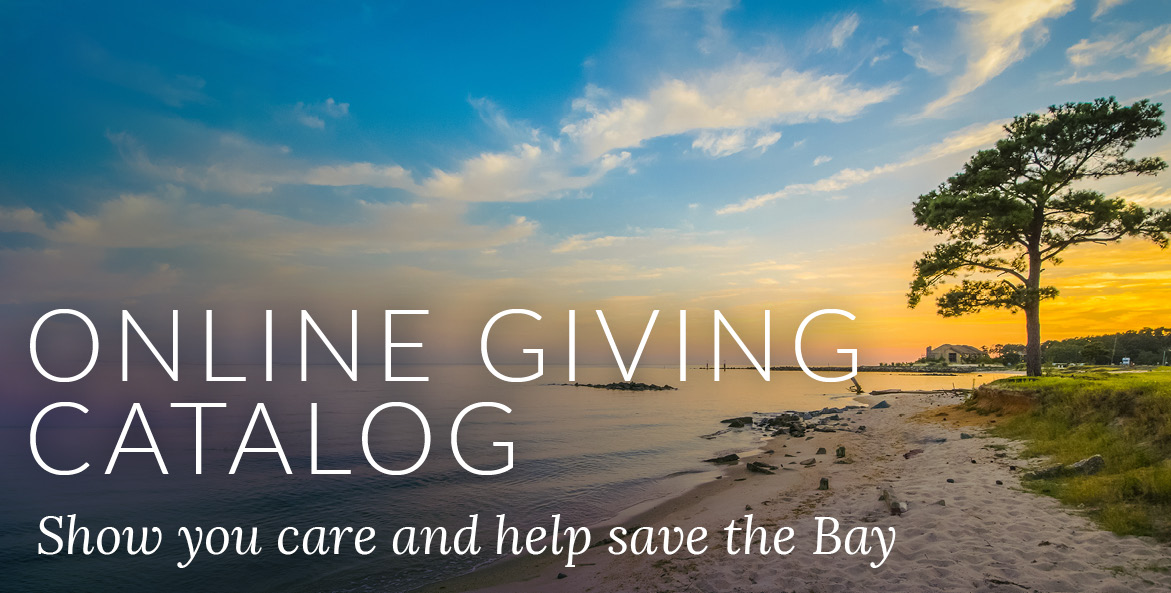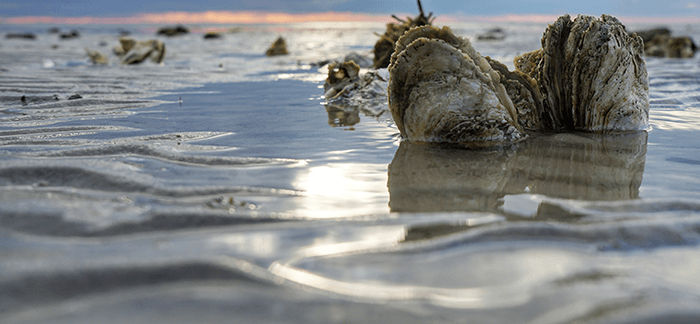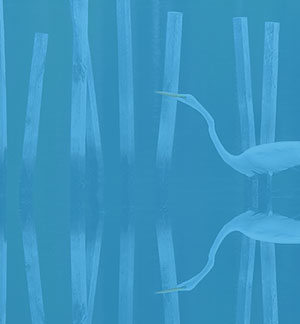Give a gift of baby oysters or native trees that will help filter our waterways or support CBF's award-winning environmental education program. Choose from our many symbolic gifts that protect the Bay and its waters. Your donation to CBF is tax-deductible to the full extent of the law.
-
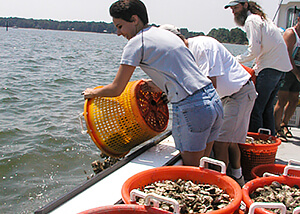
Oyster gardeners tip baskets of grown oysters onto a local oyster reef.
David Johnson
$25—Grow 2,500 Native Oysters
Oysters feed on the algae that robs our waters of oxygen and make them uninhabitable for fish, crabs, and other Bay critters.
-
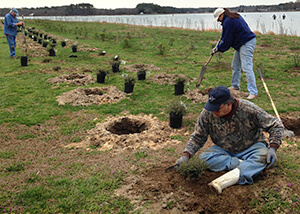
Buffers of trees and bushes alongside waterways provide critical drainage and filtering for stormwater, keeping pollutants from entering rivers, streams, and the Chesapeake Bay.
Deb Torguson Pollio
$25—Plant Five Native Trees
Trees are crucial to the overall health of the watershed—they slow down polluted ruonoff and soil erosion, and they absorb the nutrients that are the main cause of pollutants to the Bay.
-
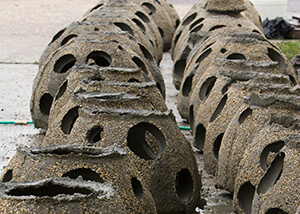
Reef balls, made by volunteers at CBF's Oyster Restoration Centers, provide a surface on which oysters can grow and habitat for fish and crabs.
Erika Nortemann Photography
$50—Build a Reef Ball
Reef balls solve some key challenges to oyster restoration by providing a hard surface on which to grow and protection from poaching on sanctuary reefs.
-
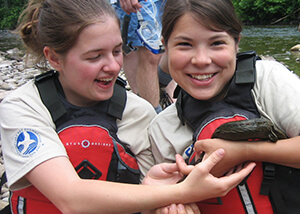
During CBF's Expedition Susquehanna, two students find a hellbender salamander in a Pennsylvania stream.
CBF Staff
$70—Send a Student on a CBF Field Experience
Students return from our award-winning education programs with a stronger appreciation of the environment and better grasp of the concepts learned in the classroom.
-
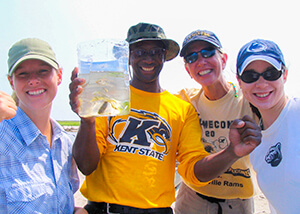
Students and teachers get up close and personal with the Bay and its rivers during CBF field experiences.
Tiffany Granberg/CBF Staff
$140—Outdoor Education Kit
Experience is the best teacher. This Outdoor Education Kit provides students and teachers with essential items for a successful learning experience.
-
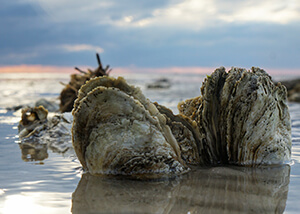
Oysters peek above the water during low tide on a Virginia reef.
Robert Diller
$500—Create an Oyster Habitat
Gift an entirely new habitat of 25,000 oysters and five reef balls.

